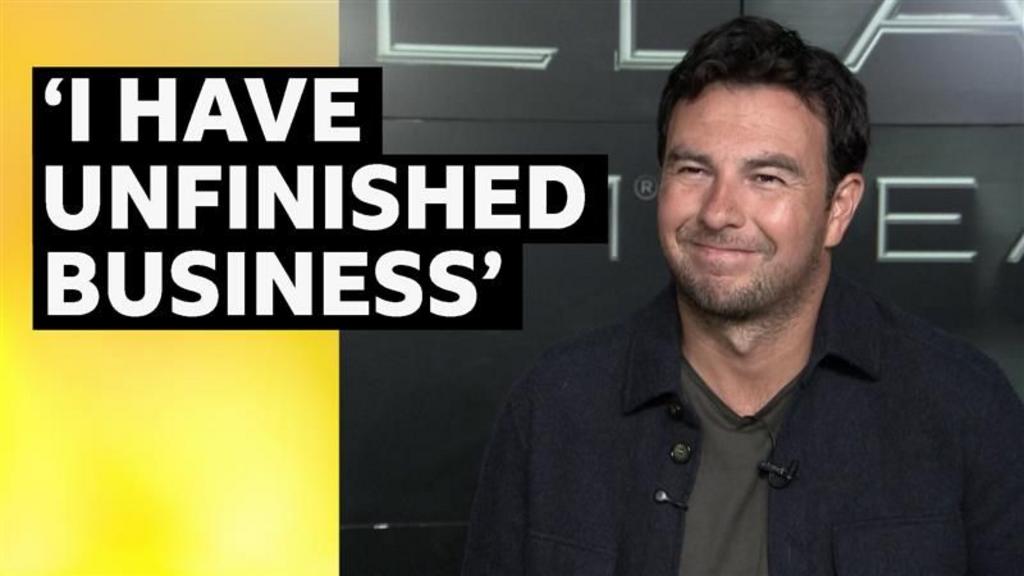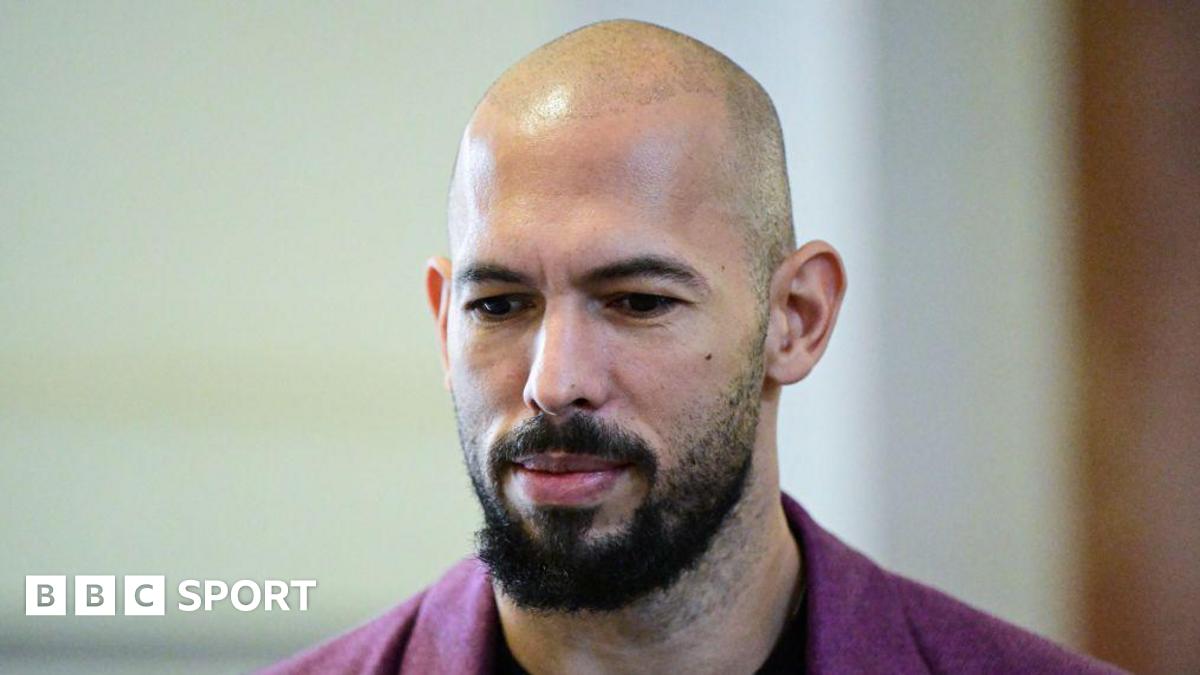Why “because I said so” doesn’t work for leaders anymore

I once coached a VP leading a digital transformation across three continents. She had no formal authority over the teams she needed to engage, just a high-stakes mandate and a tight timeline. Her initial meetings landed with silence. No one pushed back, but no one leaned in, either. It wasn’t until she shifted how she communicated—not what she said, but how—that momentum started to build.
In environments defined by complexity and change, influence matters more than hierarchy. Yet many leaders still lean on outdated methods: top-down messaging, overreliance on data, or blanket statements designed to “cascade” through an organization. These tactics often create distance rather than buy-in.
Persuasive communication isn’t about being charismatic or loud; it’s about being clear, empathetic, and purpose-driven. It’s how today’s most effective leaders gain trust, align teams, and turn strategies into reality. I’ve worked with hundreds of executives across industries and fully recognize it as a defining skill for modern leadership.
Here are the core communication moves that leaders can use to influence without authority and create real traction in the process.
CUT THROUGH RESISTANCE BY SPEAKING WITH SURGICAL CLARITY
Ambiguity slows everything down. When leaders speak in broad terms or use fuzzy language, teams are left to interpret intent—and that interpretation is rarely aligned.
Leaders should drop the jargon and focus on making their desired outcomes crystal clear. One of my clients, a senior director in a global logistics company, struggled to mobilize cross-functional teams around a new initiative. The turning point came when she swapped dense PowerPoints for simple statements: Here’s what we’re doing, here’s why it matters, and here’s how success will look. She gave examples that people understood, guidance that was actionable and illustrations of what “great looked like.” Once her message was clear, resistance dropped. People finally knew how to contribute.
The lesson: Get specific. Lead with the desired outcome. Use language that’s easy to repeat and hard to misinterpret. Clarity always connects better than complexity.
LISTEN FIRST, THEN INFLUENCE THROUGH EMPATHY
Most persuasion starts with a question, not a statement. Leaders who take time to understand what their teams care about—what worries them, and what motivates them—communicate more effectively because they’re speaking into real concerns.
I worked with a COO frustrated by employee reluctance to adopt a new tool. Through guided interviews, the executive discovered a key blocker: The tool wasn’t the issue. Fear of being replaced was. After acknowledging this fear directly and repositioning the tool as a support system rather than a threat, adoption rates soared.
Influence doesn’t mean glossing over concerns. It means addressing them directly and showing that you’ve listened deeply enough to know what really matters.
CONNECT TO PURPOSE TO ACTIVATE ENGAGEMENT
Facts may inform, but purpose moves people. When communication is tethered to values, it shifts from transactional to transformational.
Effective leaders anchor change initiatives in a clear sense of mission, turning lifeless strategy into purpose-driven momentum. People don’t want another strategy deck. They want to know how the work connects to something meaningful. How does this initiative matter to those doing the work, the end-user customers or even society? One executive I coached started sharing short stories at all-hands meetings about how their product impacted real customers. He led his conversation with how many women would live a better life instead of how many implants or how much revenue they were going to drive. It changed the room. People stopped nodding politely and started volunteering ideas.
To influence at scale, anchor messages in something bigger than tasks. Link them to identity, mission, and shared goals. Listen to your own “airtime” and analyze the words you use and give value to. Are you asking “how many deals did we close?” or did you ask “ how many new customers are we helping?” As a leader your words will echo what is considered most critical.
REINFORCE THROUGH RITUALS AND REPETITION
One message—even when delivered perfectly—rarely sticks. Leaders who drive change build rhythms that reinforce key ideas over time. Repetition isn’t redundancy; it’s strategy.
I recently helped a leadership team rolling out a cultural reset develop a ritual where every meeting began with a one-minute reflection tied to company values. Over time, the repetition turned abstract values into lived behaviors. It wasn’t about big speeches. It was about building cues into the system. It is not only about sharing a message broadly, but consistently weaving in what matters and why into unilateral communications, during a conversation, email, or message—relevant to the context of that exchange of course.
Ask yourself: What’s your team hearing consistently during one-on-ones, company meetings, performance report, updates, etc.? How can you use existing forums—stand-ups, all-hands, Slack messages—to echo the most important themes?
ADAPT YOUR MESSAGE TO MATCH YOUR AUDIENCE
Even strong communicators fall into the trap of broadcasting the same message to every stakeholder. But influence depends on relevance. What matters to a front-line manager may not resonate with the executive suite.
My advice: Tailor your tone, format, and focus. One client, preparing to announce a restructuring, created two distinct narratives: one for employees concerned about role clarity, and another for partners needing strategic context. The shift didn’t just ease the transition; it boosted trust across the board.
Effective communication doesn’t come from communicating louder or repeating yourself. It comes from reframing your message so others can truly hear it.
What's Your Reaction?
 Like
0
Like
0
 Dislike
0
Dislike
0
 Love
0
Love
0
 Funny
0
Funny
0
 Angry
0
Angry
0
 Sad
0
Sad
0
 Wow
0
Wow
0
































































































